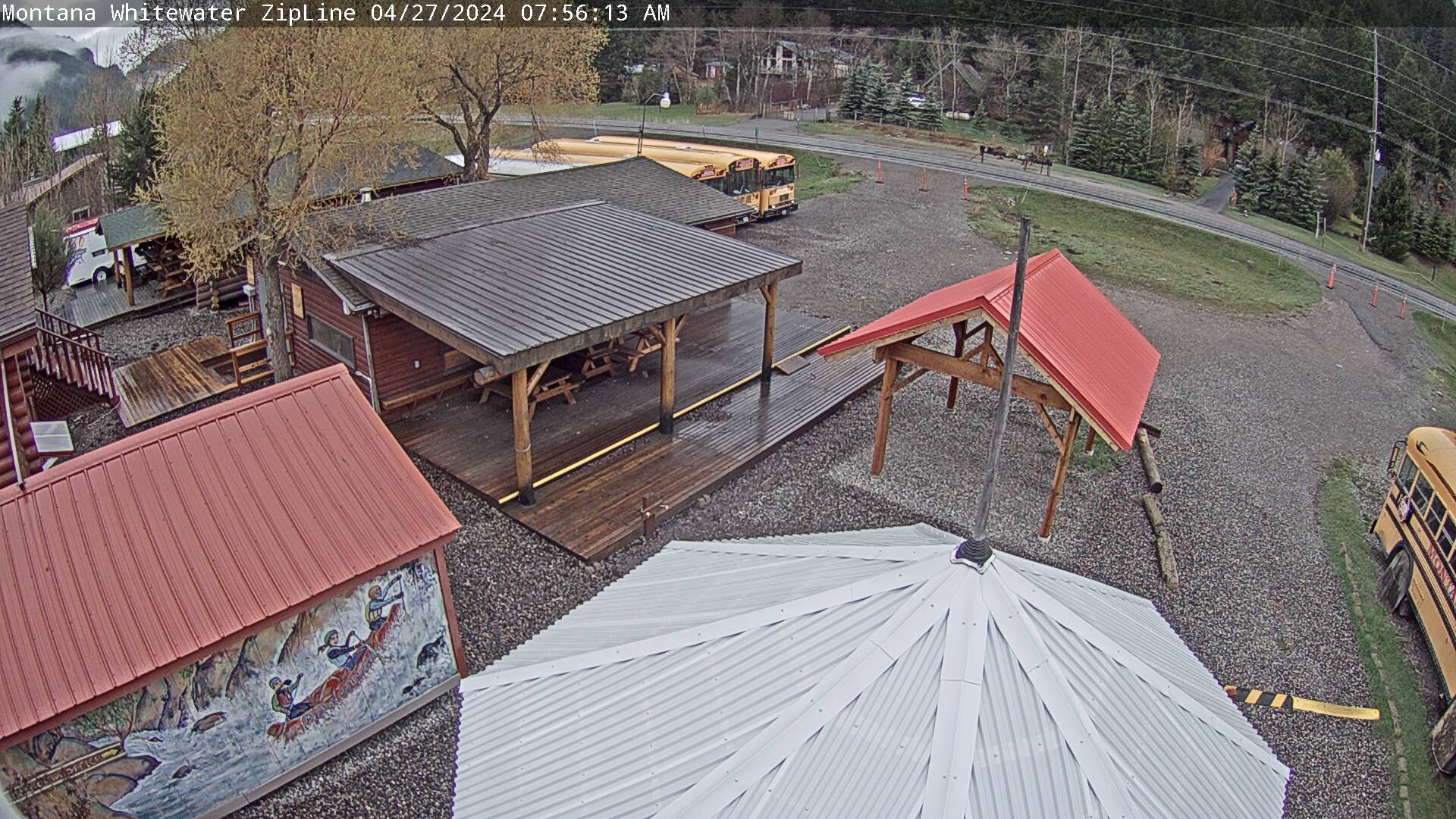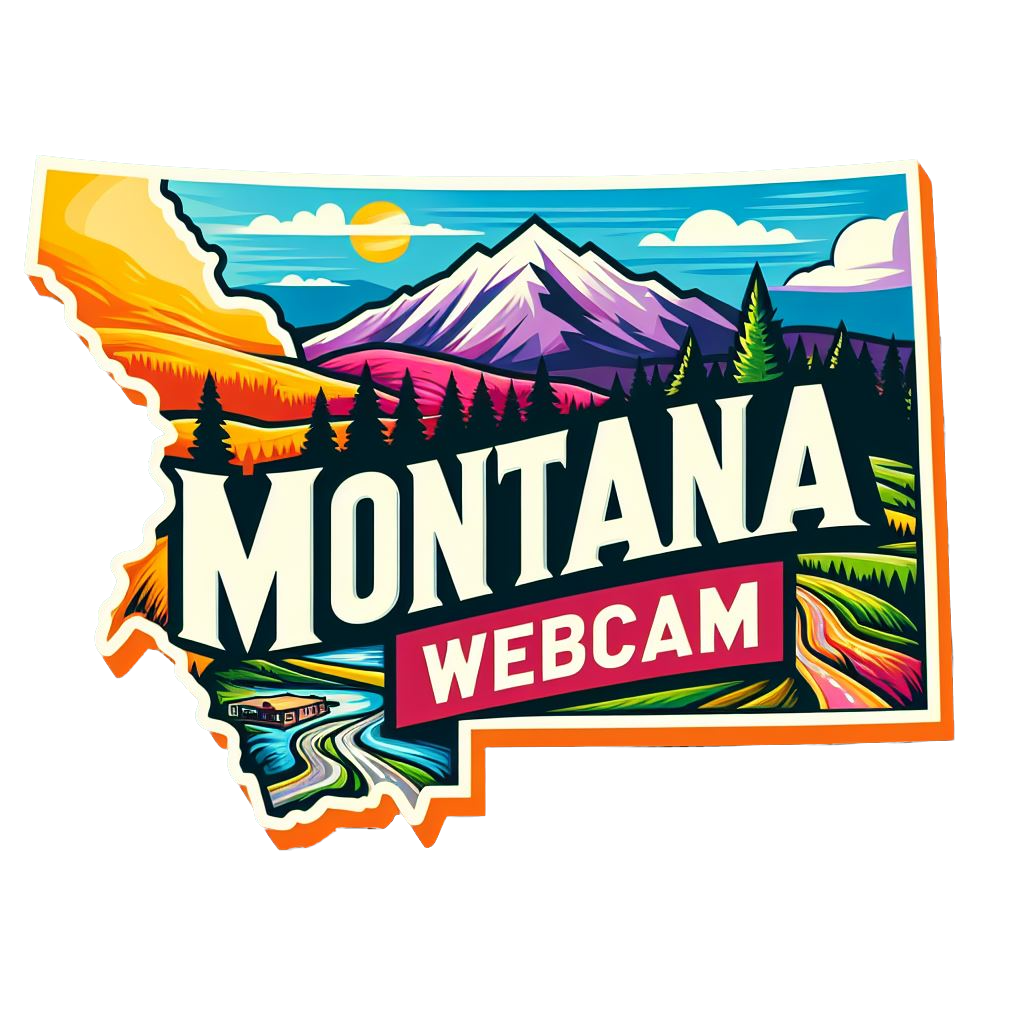Gallatin River, MT Weather Cams
Montana Whitewater Cam
Gallatin River in Big Sky Cam
Montana Whitewater – Zipline Tours Cam

Main Big Sky-Gallatin River Office Cam

Gallatin River, Montana: A Journey Through Time and Nature
Gallatin River, MT Weather Cams. The Gallatin River, winding its way through the rugged landscapes of Montana, holds within its waters a rich tapestry of history, ecology, and adventure. From its origins high in the Rocky Mountains to its confluence with the Missouri River, the Gallatin has played a vital role in shaping the region’s natural environment and cultural heritage. Its story is one of exploration, settlement, and the enduring bond between humans and nature.
Geological Origins
The Gallatin River traces its beginnings to the pristine alpine meadows and glaciers of the Gallatin Range in southwestern Montana. Born from the melting snow and ice of the rugged peaks, the river flows swiftly down steep valleys, carving through ancient rock formations and granite cliffs. Its waters are fed by countless tributaries and mountain streams, which contribute to its purity and clarity.
Geologically, the Gallatin River is part of the vast Yellowstone Caldera, one of the largest volcanic features on Earth. The volcanic activity that shaped the region millions of years ago left behind a landscape of towering peaks, deep canyons, and fertile valleys. The Gallatin River, with its meandering course and dramatic scenery, is a testament to the forces of nature that have shaped the land over millennia.
Native American Presence
For thousands of years, the Gallatin River Valley has been home to indigenous peoples, including the Crow, Shoshone, and Bannock tribes. These tribes lived in harmony with the land, relying on the river and its surrounding resources for food, water, and shelter. The Gallatin River provided an abundance of fish, game, and plant life, sustaining the native populations for generations.
The river also played a significant role in native culture and spirituality. Tribes held ceremonies and rituals along its banks, honoring the natural world and seeking guidance from the spirits. The Gallatin River Valley was a place of reverence and connection, where humans and nature coexisted in a delicate balance.
Exploration and Settlement
The first recorded exploration of the Gallatin River occurred in the early 19th century with the arrival of European fur traders and explorers. The Lewis and Clark Expedition, which passed through the region in 1805, documented the river’s rugged beauty and the potential for trade and settlement. However, it wasn’t until the mid-19th century that permanent settlement began to take hold.
In the 1860s, prospectors searching for gold and other valuable minerals began to venture into the Gallatin River Valley. The discovery of gold along its tributaries, such as the East Gallatin and West Gallatin Rivers, attracted fortune-seekers from across the country. Small mining camps and settlements sprang up along the riverbanks, marking the beginning of permanent human habitation in the area.
The completion of the Northern Pacific Railway in the late 19th century further facilitated settlement and development along the Gallatin River. Towns such as Bozeman and Big Sky emerged as important trading centers and agricultural hubs, capitalizing on the fertile soil and abundant water supply provided by the river.
The Gallatin River Today
Today, the Gallatin River remains a vital lifeline for the communities and ecosystems that depend on it. Its waters support a diverse array of plant and animal life, including trout, salmon, bald eagles, and grizzly bears. The river’s scenic beauty and recreational opportunities attract thousands of visitors each year, drawn to its world-class fishing, whitewater rafting, and hiking trails.
The Gallatin River Valley is also a popular destination for outdoor enthusiasts and nature lovers. The Gallatin National Forest, which encompasses much of the river’s watershed, offers miles of pristine wilderness and backcountry camping opportunities. The surrounding mountains, including the towering peaks of the Absaroka and Gallatin Ranges, provide endless opportunities for exploration and adventure.
Conservation and Stewardship
Despite its natural beauty and ecological significance, the Gallatin River faces numerous threats from human activities, including pollution, habitat destruction, and overuse. In response, local communities, conservation organizations, and government agencies have launched efforts to protect and preserve the river and its surrounding ecosystems.
The Gallatin River Task Force, established in 1997, works to promote responsible stewardship of the river and its watershed. The organization engages in monitoring, restoration, and education programs aimed at conserving water quality, restoring riparian habitats, and fostering community involvement in river conservation.
Additionally, the designation of the Gallatin River as a Blue Ribbon trout stream has helped to raise awareness of its importance for recreational fishing and wildlife habitat. Anglers from around the world come to test their skills on the Gallatin’s legendary waters, contributing to the local economy and supporting conservation efforts.
Conclusion
The Gallatin River, Montana, is more than just a body of water; it is a living, breathing symbol of the natural world and the human experience. From its humble beginnings in the Rocky Mountains to its journey through the Gallatin Valley and beyond, the river has woven a tapestry of stories and experiences that span centuries.
As we look to the future, it is essential that we continue to cherish and protect the Gallatin River and its surrounding ecosystems. By working together to conserve and steward this precious resource, we can ensure that future generations will be able to enjoy its beauty and bounty for years to come.
For more information, visit the official website for these cams.
